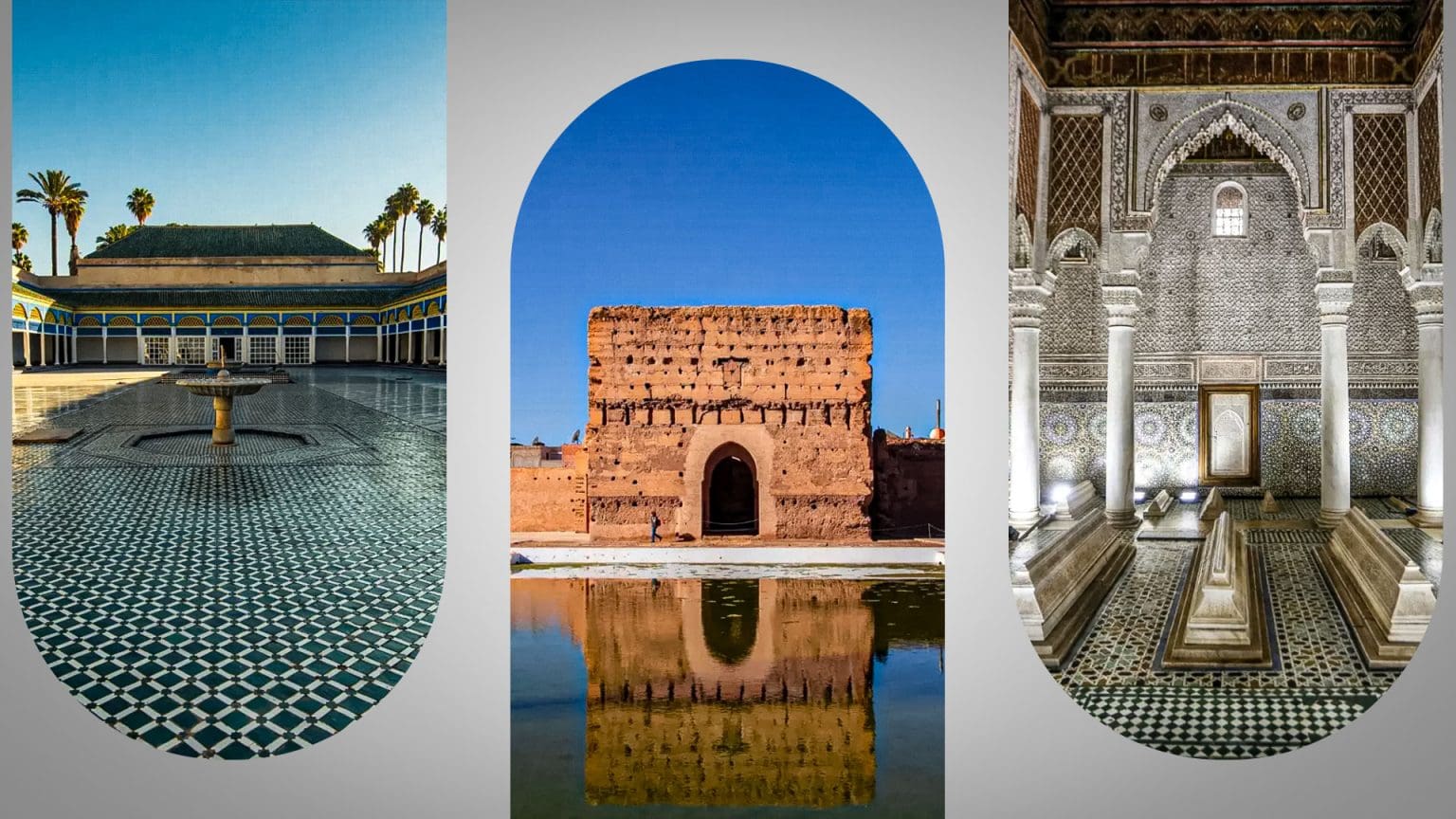Marrakech’s historical and archaeological sites, impacted by the September 8 earthquake, are undergoing an ambitious restoration program aimed at rejuvenating the millennia-old cultural heritage while preserving its unique architectural charm.
Immediately after the earthquake, Morocco’s Ministry of Culture began to set up specialized committees to oversee the restoration of the damaged sites, Morocco’s Press Agency (MAP) wrote .
The first phase of emergency interventions targeted the reopening of iconic tourist attractions, such as Bahia Palace, Badi Palace, and Saadian Tombs. This phase will soon transition to a comprehensive restoration program, backed by in-depth technical studies.
Thanks to rapid efforts, many sites reopened by early October 2023, one month after the earthquake hit. According to Jamal Aboulhouda Abdelmonïm, Inspector of Historical Monuments at the Regional Directorate of Culture, approximately 60 monuments and sites were affected by the Al Haouz earthquake, including Bahia and Badi Palace, Saadian Tombs, the walls of the old medina, Dar El Bacha, Dar Si Saïd, and historical mosques like Koutoubia.
The second phase of restoration will begin once technical evaluations are complete. The ministry has allocated MAD 120 million to fund these initiatives, to restore the sites to their former glory, while enhancing their legendary allure.
Hanane Labchir, Bahia Palace’s curator, highlighted that immediate reinforcement work allowed the palace to reopen by October 9, 2023.
Although 30% of the site, including roofs, doors, corridors, and walls, was affected, the restoration efforts began the day after the earthquake.


